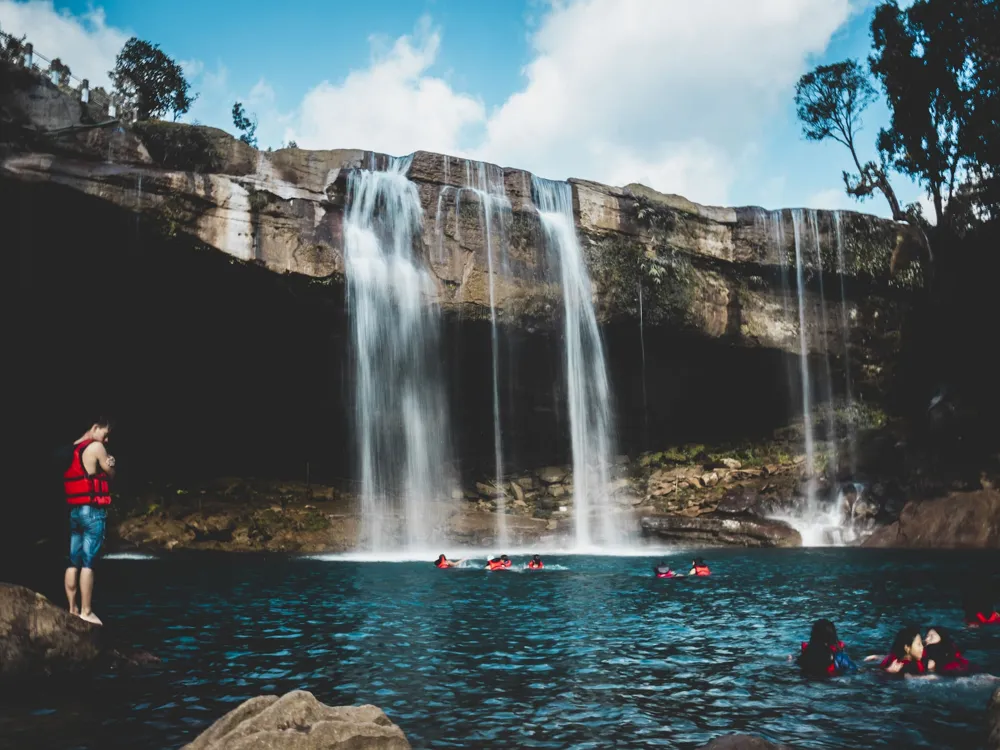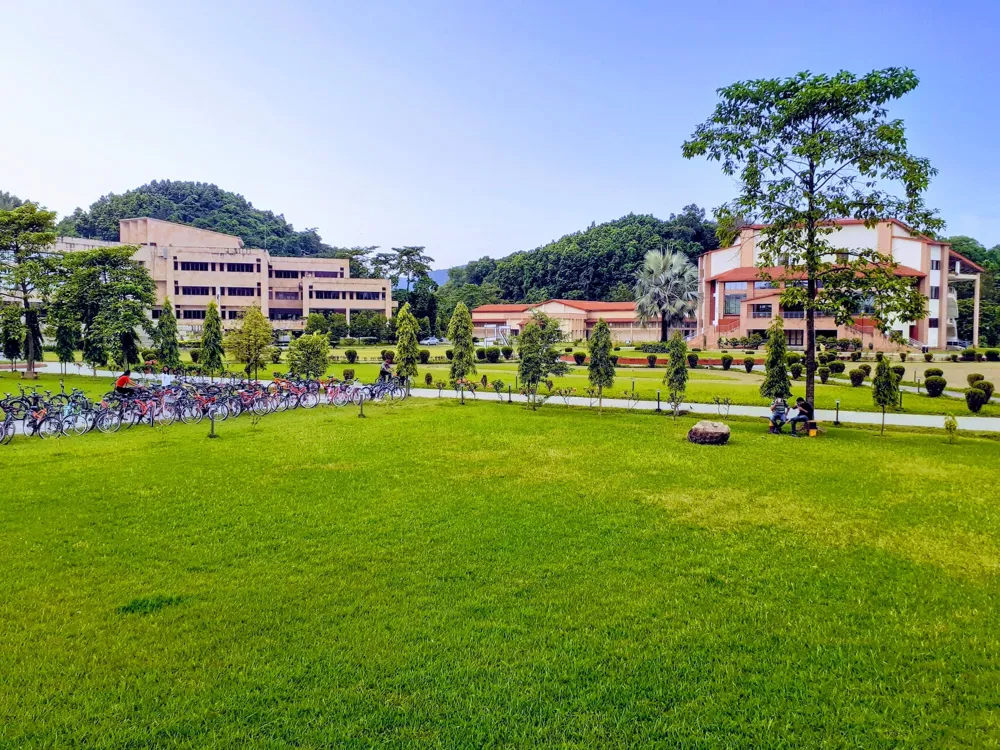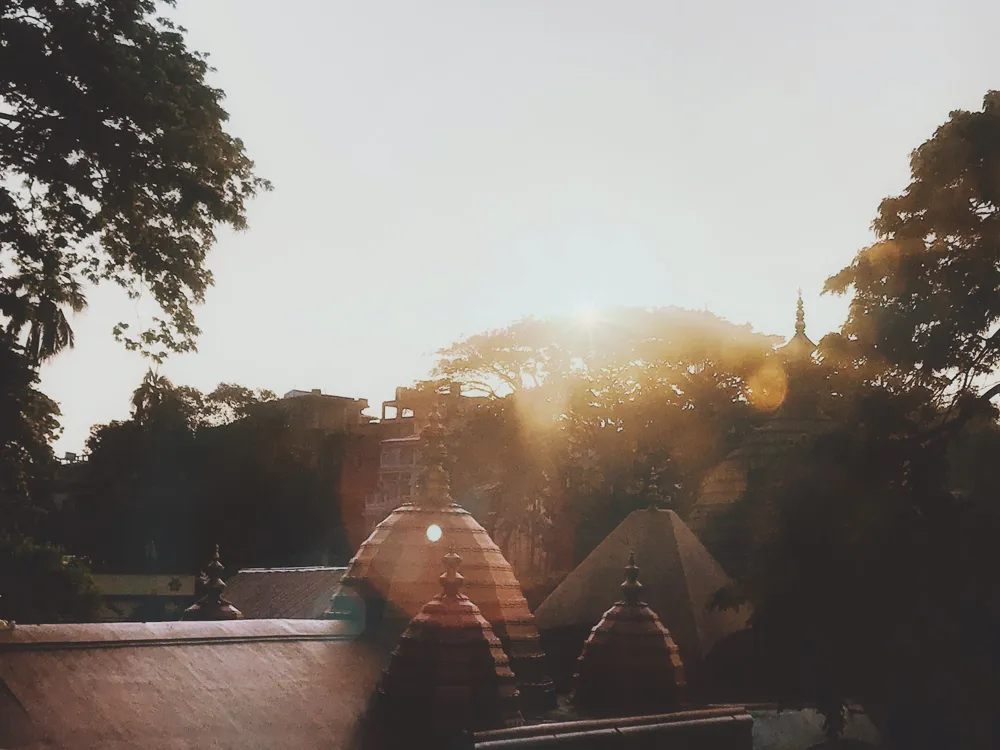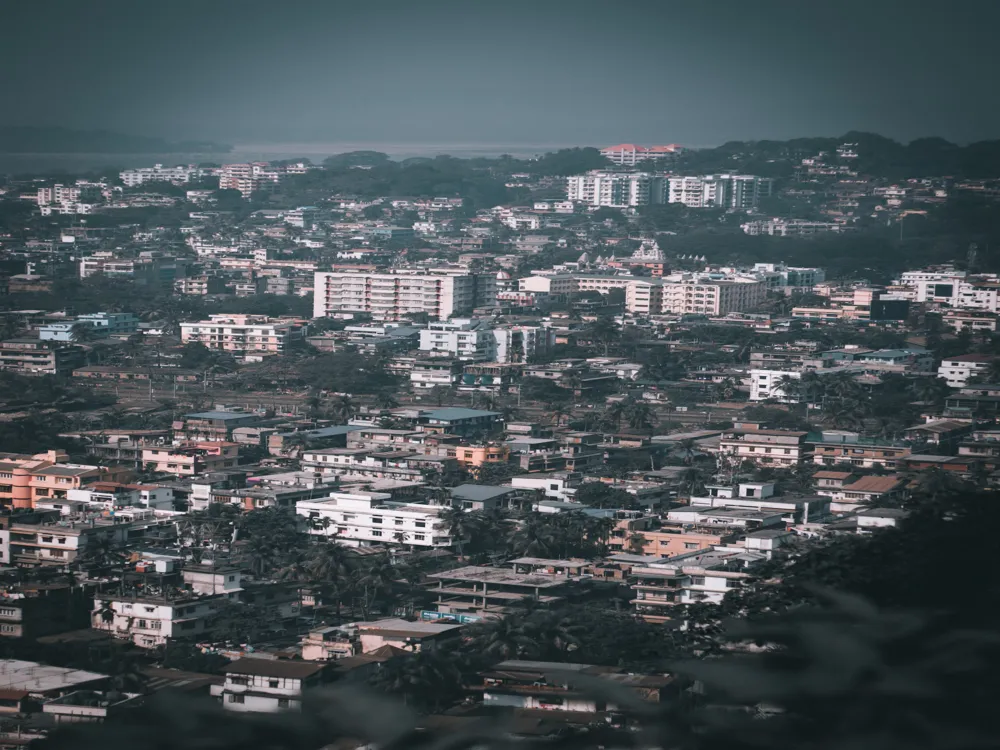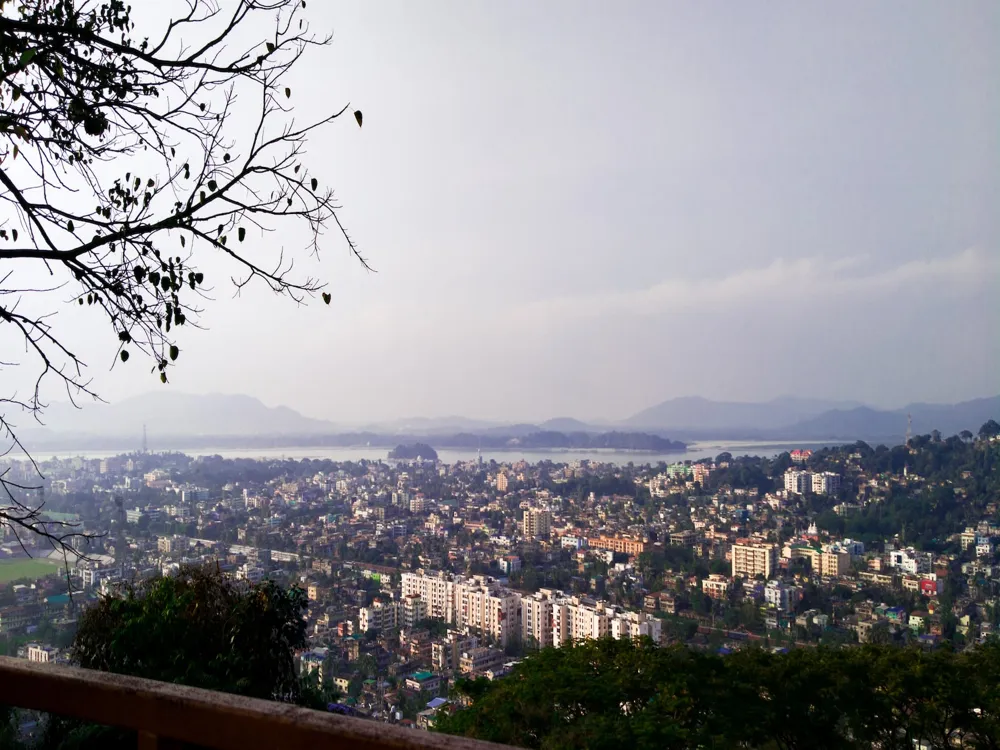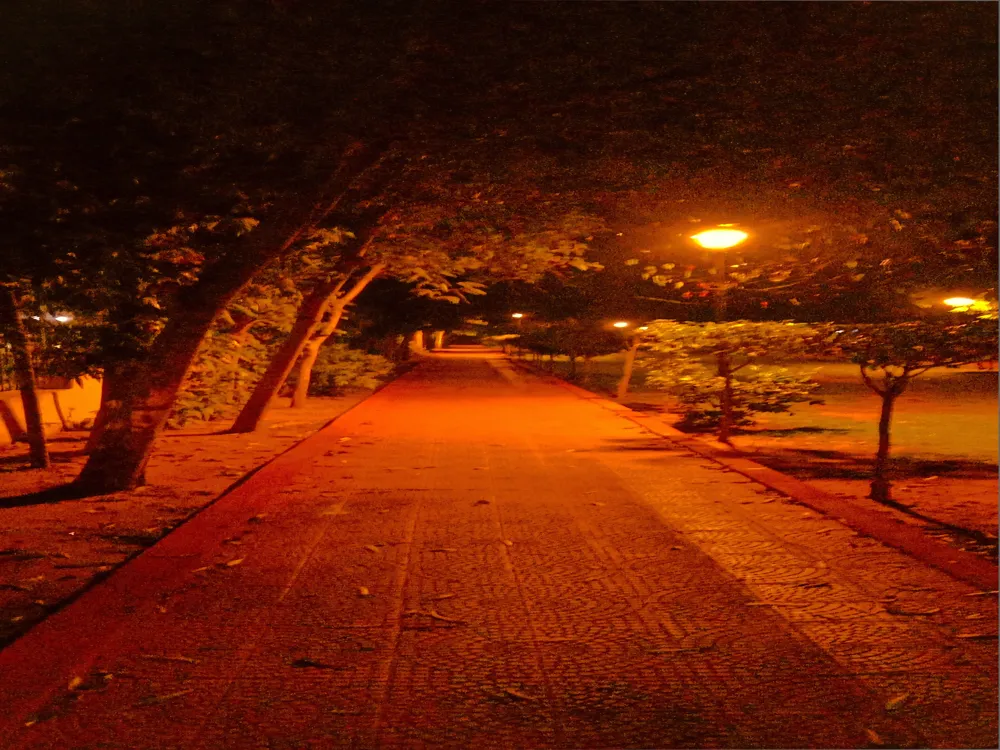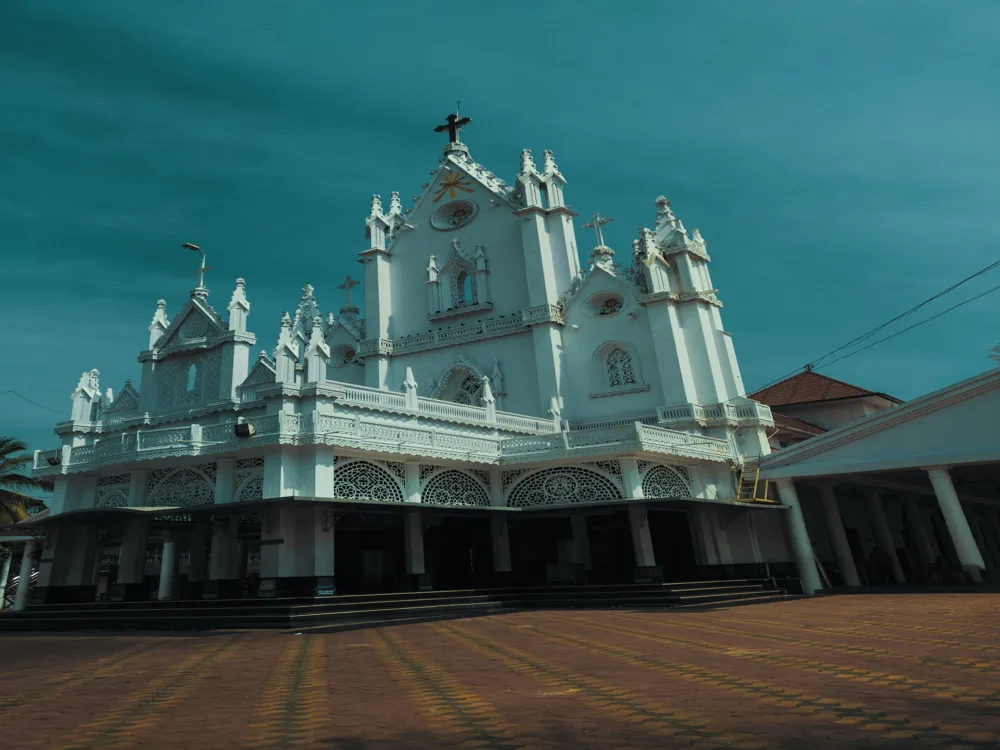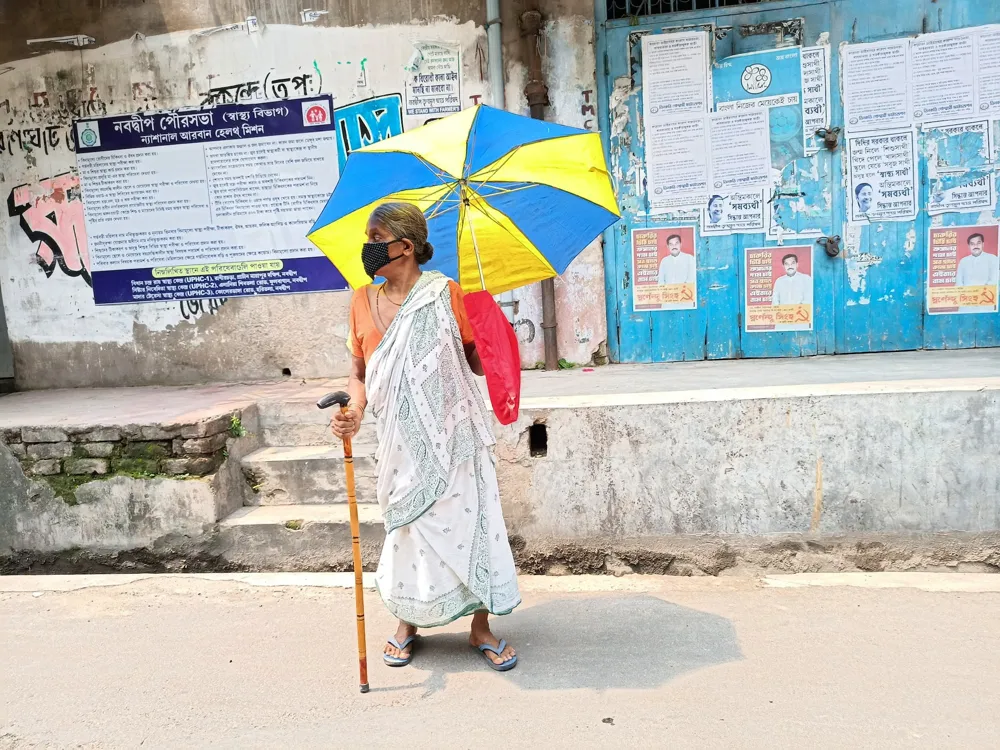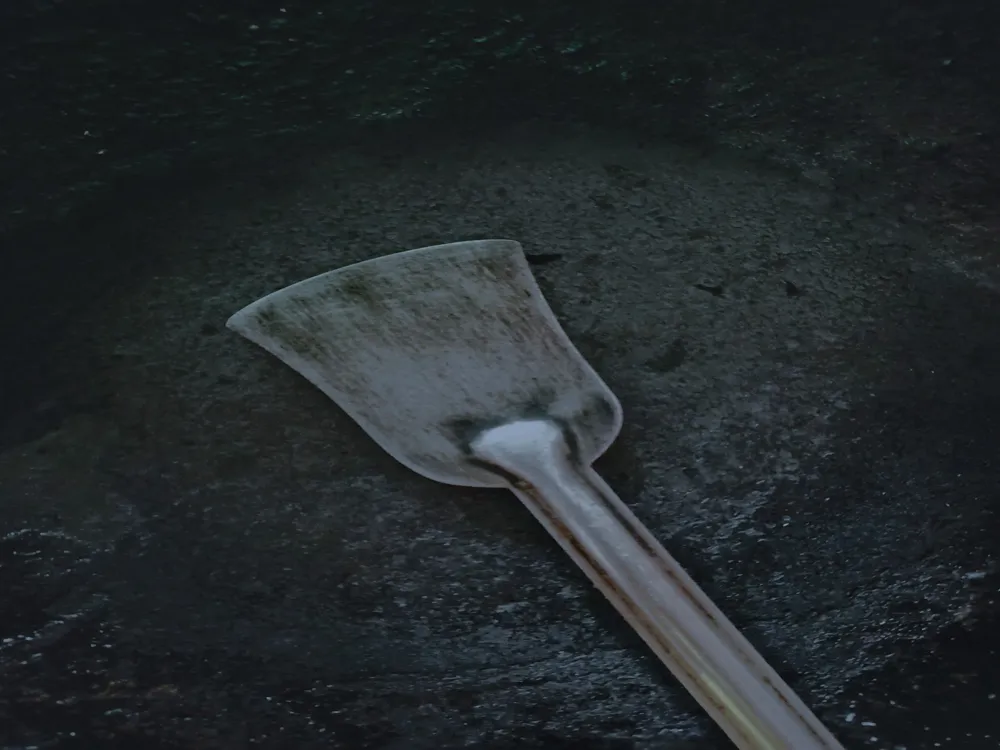Plan Your Travel To Guwahati
Places To Visit In Guwahati
Pandu
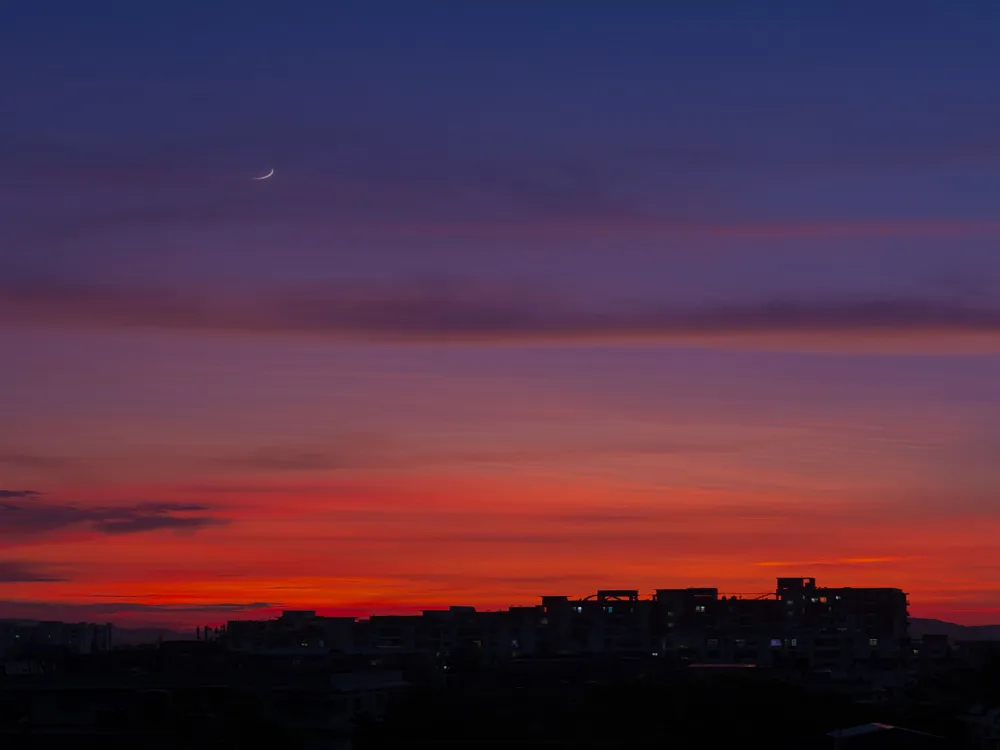
The Suburban town of Pandu is named after King Pandu (father of the famous five Pandavas). The Tila Hills in the town has temple dedicated to Pandu (the Pandunath temple).
Five Ganesha idols representing the five Pandavas are found here - it is believed that during their exile, the Pandavas hid here under the disguise of Ganesha. The place also presents various other idols.
Pobitora Wildlife Sanctuary
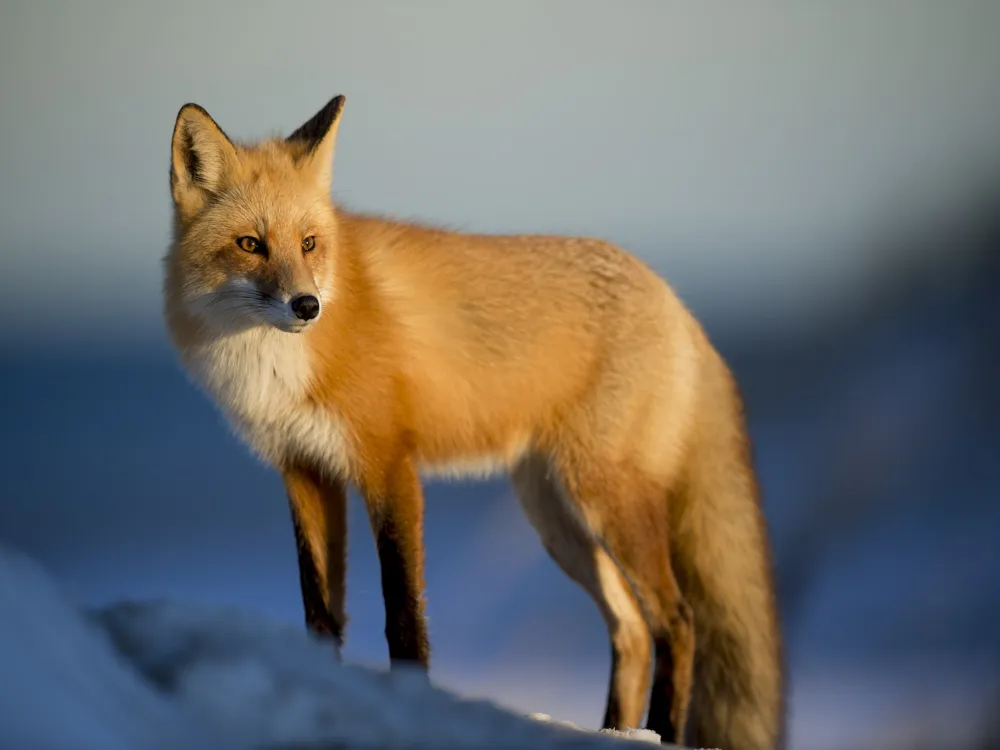
Home to the densest population of One-horned Rhinos in the world, the Pobitora Wildlife Sanctuary is located in Assam, approximately 30 km away from Guwahati in the Morigaon District. The wildlife sanctuary also sees an astounding diversity of bird species. No wonder then that it is also called 'Bharatpur of the East'. It has gained immense popularity due to its proximity to Guwahati. Pobitora Wildlife Sanctuary is often visited as a stopover en route to Kaziranga National Park.
Pobitora Wildlife Sanctuary is spread over an area of 38 sq. km. and is a small, heavenly getaway of raw wilderness and greenery. Apart from the wildlife sanctuary itself, there are several excursions that you can take from Pobitora. These include a trip to Sualkuchi - the weavers' village and Hajo - a pilgrimage centre. Moreover, since Pobitora is a landlocked sanctuary, you can also visit the exciting and peculiar Assamese communities to get a taste of the local culture.
Read More
Rafting in Kameng River
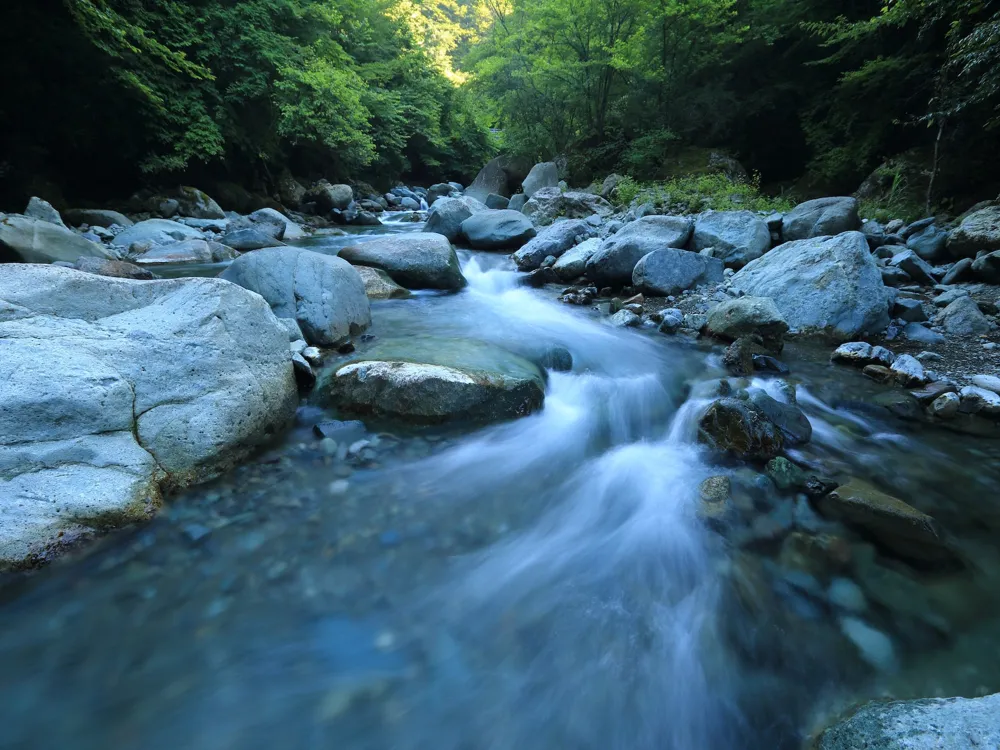
Amid the rich tribal culture, glory of Mother Nature, thick forests, luxurious riverine system and amazing bio diversity, raft along the strong currents of Kameng River for a pumped up experience.
Enliven the experience of thrill and rush of rafting on Kameng River surrounded by a serene habitat of North-East. The beguiling and entrancing river, once known as Bhareli River is waiting to be explored with its varying grades of rapids. The remotest of the areas packed with the bundles of wilderness offers the white river rafting, a lifetime experience that will leave you completely awe inspired. So, pack your bag and get ready for a most enthralling experience of your life.
Read More
Regional Science Centre, Guwahati
Located in Jawaharnagar Khanapara, on the outskirts of Guwahati, Regional Science Centre is one of the 27 centres maintained and administered by Government of India’s National Council of Science Museums. Locally known as Science Museum, the depository is a wonderful initiative by the science fraternity to educate, enlighten and entertain the visitors through the medium of science and technology. Established in the year 1994, the museum houses rare instruments, machinery, rare science equipments, demo experiment setups etc. The Science centre also boasts of interactive displays to learn from, both for kids and adults, ranging from everyday activities to prehistoric exhibits and non-formal science education.
With the idea to spread the awareness of science in everyday life, the museum has grown as an able forum to propagate the original idea. In addition to the permanent galleries showcasing various exhibits, the museum also has a dynamic science park, a mock prehistoric park, a superb 3D animation theatre, a spacious auditorium, an inbuilt aquarium etc. Besides, the centre conducts regulated science shows, workshops and lectures for students and interested adults. The indoor and outdoor experiments, fun mirrors, science games are a brilliant way to inculcate knowledge and are a fun learning experience.
Read More
Saraighat Bridge
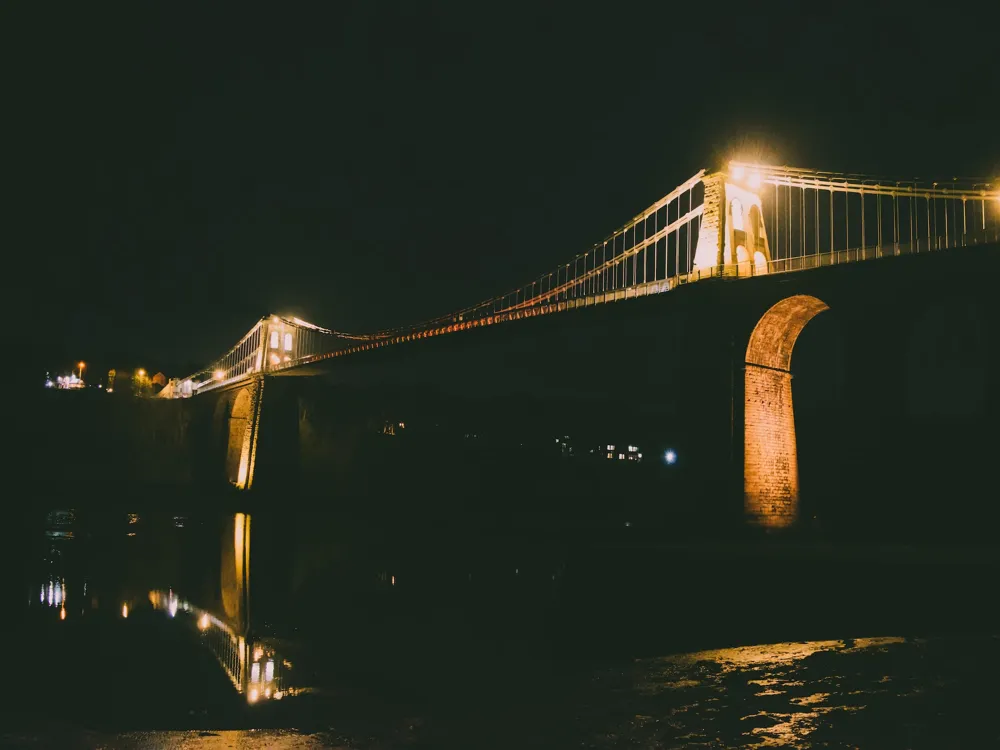
Built over the Brahmaputra River in Guwahati, Saraighat Bridge is the first railway-cum-road bridge. The construction of the bridge was started in 1958 and it was first inaugurated for goods trucks in 1962, by the then Prime Minister- Pandit Jawaharlal Nehru. A year later, on 7th June 1963, it was open to public traffic. The double-decker bridge has a road highway on top with a rail line below. Originally built for the North Frontier Railway, the bridge is a vital link between North East region and the rest of the country; it has Lachit Borphukan Park situated on the south end and Chilarai Park situated on the north end.
The bridge recently completed 50 years of its existence and a research study by a bunch of experts from Indian Institute of Technology (IIT) suggest that the bridge is still good to go for a couple more years before it would need any kind of renovation. The 1.4 kms long bridge connects both banks of the Brahmaputra river in Saraighat, which is a small town famous for the huge war between Ahoms and Mughals. An adjacent three lane concrete bridge was also created and inaugurated in 2017.
Read More
Shraddhanjali Kanan
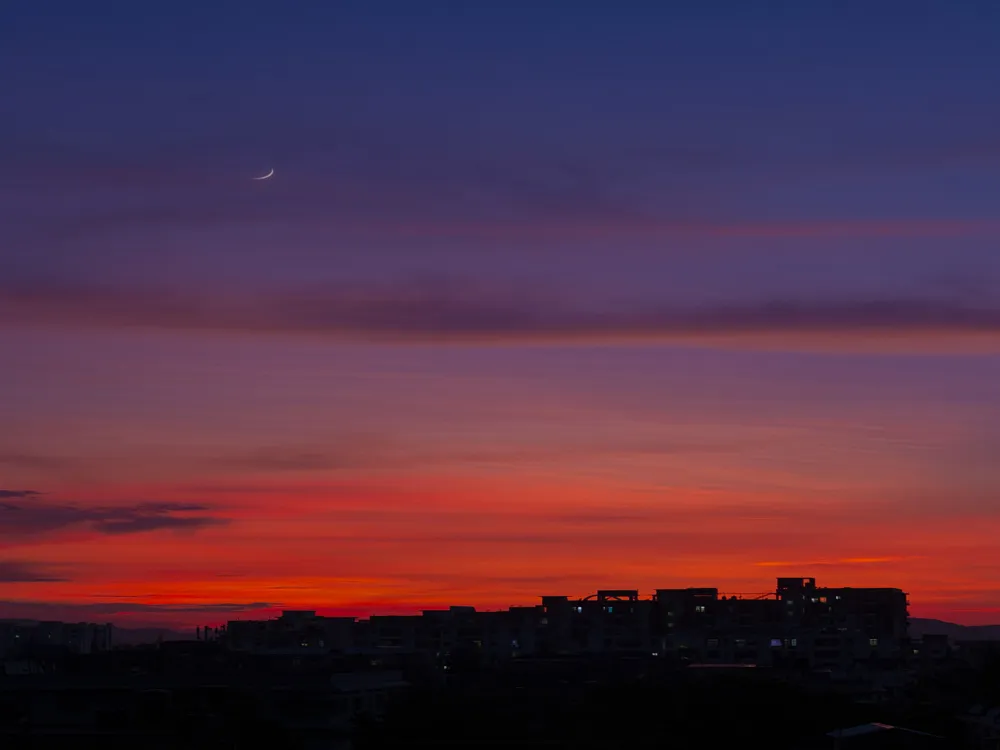
Shraddhanjali Kanan is situated in Tarun Nagar, Guwahati. The park has well-maintained lawns ideal for yoga and meditation purposes. It has a separate play area for kids. Besides, it has charming flower beds and water fountains which make the place even more beautiful.
Shrimanta Shankardeva Kalakshetra
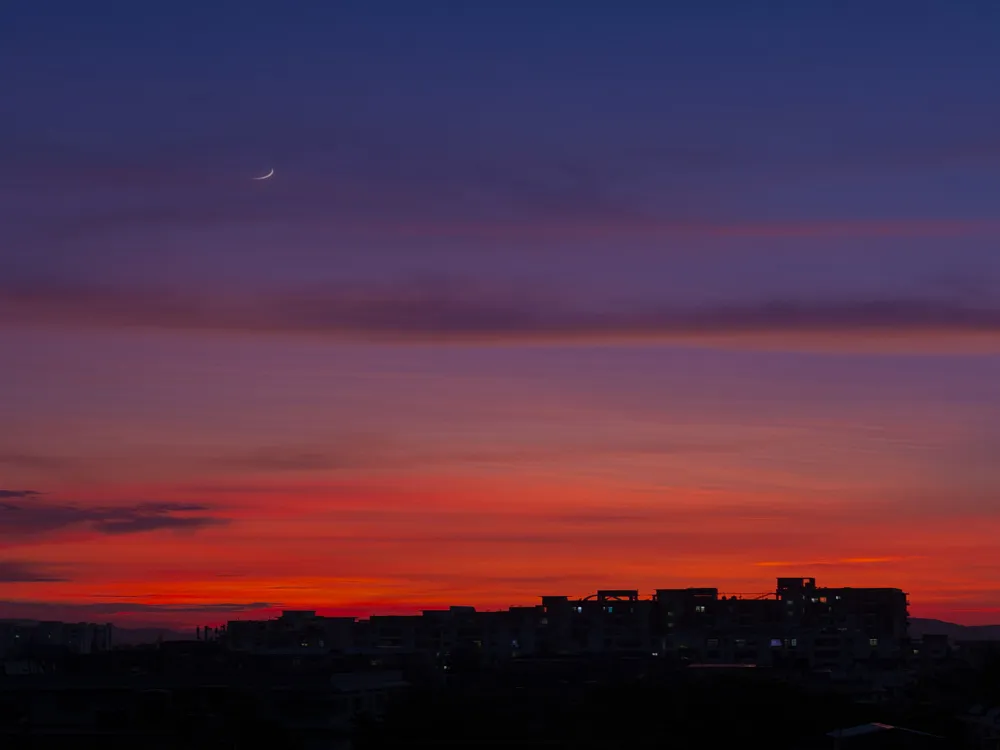
Named after the poet-playwright and reformer of the medieval times- Srimanta Sankardev, Srimanta Sankardev Kalakshetra is a cultural institution in Panjabari, Guwahati. With an aim to promote the culture, art and tradition of Assam, the complex has several centres dedicated to the promotion of the state’s cultural brilliance with an impressive display of its history and its glorious past. Built in 1990, this Kalakshetra showcases the artistic excellence of the North- East along with nurturing the bygone heritage. Sprawling over vast acres of land, the premises boast of a museum, a library, an art gallery and a children’s park beside several other adjuncts.
This mosaic amalgamation strives to capture the essence, grandeur and ethos of the diverse ethnicity and to preserve, restore and promote the heritage. The non- profit organization aims to provide cultural and spiritual upliftment to the people of Assam. The buildings and structures present in the complex have been constructed in the conventional Assamese designs; they showcase the lives of the local people, groups and sub- groups of the state. A visit to Srimanta Kalakshetra is definitely going to be an enriching experience for you and we recommend you to not give it a miss while you are out there.
Read More
Sukreshwar Temple
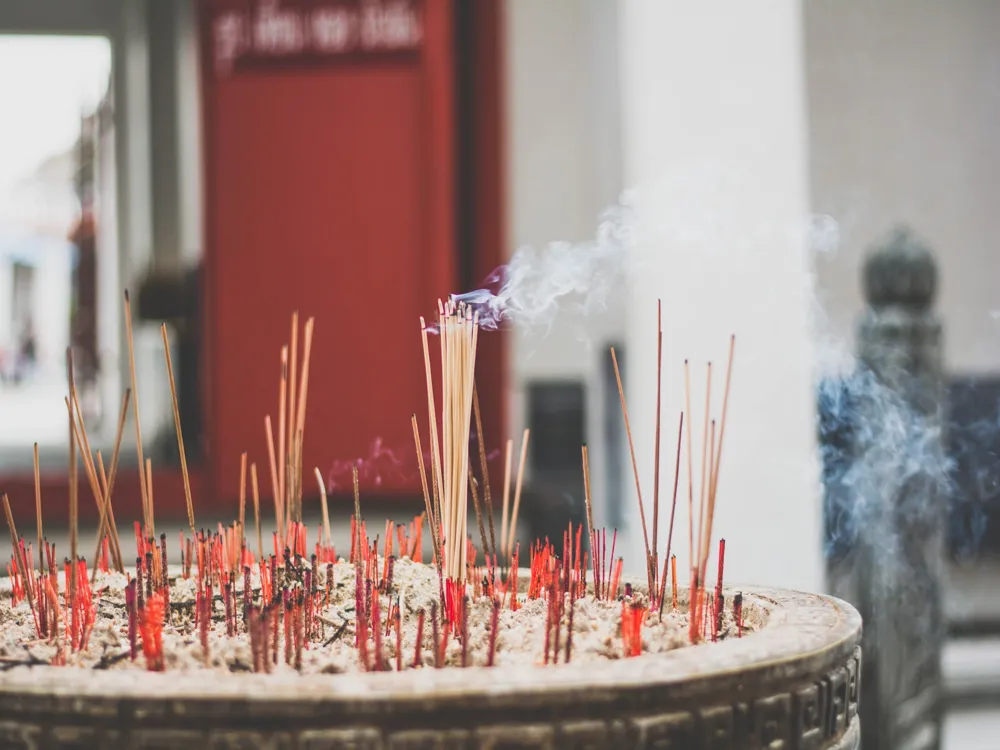
Perched on the Sukreshwar or Itakhuli hill on the southbank of Brahmaputra river, Sukreshwar Temple is dedicated to the Hindu God Shiva. Built in 1744, by the Ahom King Pramatta Singha, the temple was improvised and financial changes were made in 1759 by Rajeswar Singha. Located in extremely serene setting, the temple offers an enchanting view of the valley below. A few steps leading down to the river accentuate the charm and panoramic scenery. The shrine is popular for spectacular sunrise and sunset moments, the mesmerising scenery of tiny boats in the river and the tranquil environs of the ghats. Far removed from the din and chaos of the city, the temple brims with quietude and peace.
Besides the mighty river flowing in the backdrop, you can also see a handful of people sitting on the solitary steps, soaking in the blissful environment. A few people can be seen performing pujas on the banks below the temple. The temple is mainly popular for hoisting post death rituals. It is common belief that these rituals here can help the dead attain peace or ‘moksha’.
In addition to the salubrious ambience, the temple complex also houses a Vishnu Temple and a few chambers are constructed adjacent to it in order to conduct pujas, yagnas and other ceremonies of religious importance. Besides, the shrine boasts of housing the largest Shivalinga in India, which is also considered to be the sixth Jyotirlinga.
Read More
Ugra Tara Temple
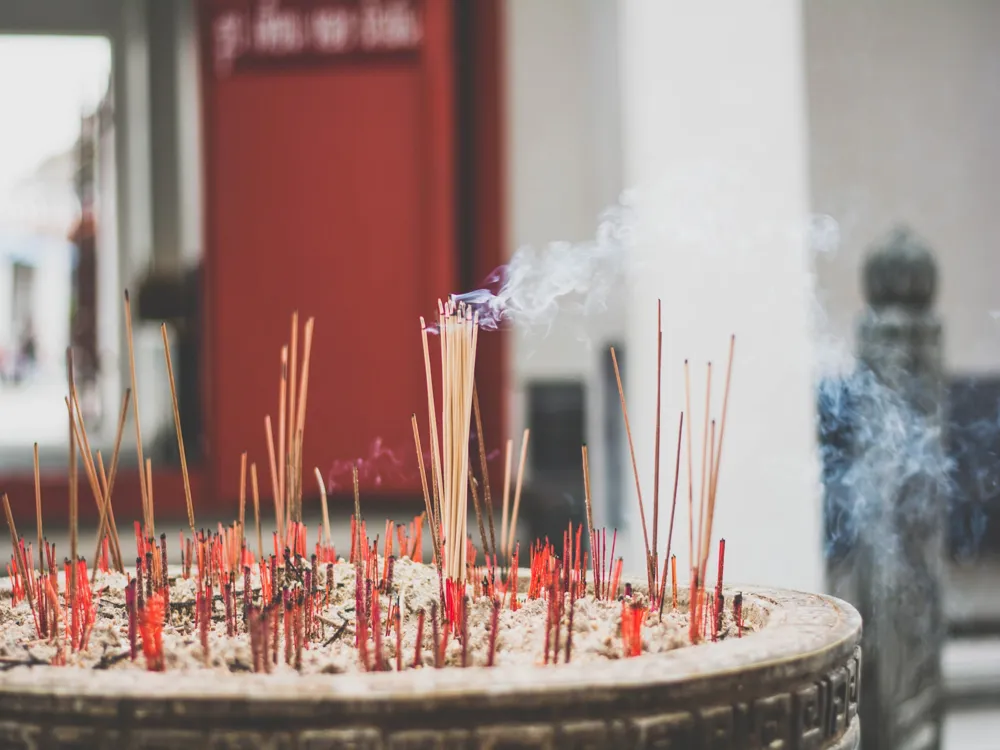
Based in the heart of Guwahati city in the Lotaxil locality, Ugra Tara Temple enshrines the deity of Tara (Devi). Built in 1725 by the Ahom ruler Siva Singh, the important Shakti temple is thronged by tourists and devotees alike. The temple is unique in the sense that it does not have an idol like generic temples do; instead, the inner sanctum houses a pitch of water which is worshipped as Goddess Tara who is believed to be an incarnation of Goddess Parvati.
The temple complex also houses a water tank in the vicinity called Jorepukhuri, situated to the east of the shrine. This tank is known to have survived a devastating earthquake which destroyed the upper part of the temple. Goddess Ugra Tara is revered as Goddess Kamakhya and is showered with offerings and sacrifices. It is believed that the Goddess likes consuming meat, coconut and liquor; hence, her devotees show their love and devotion by offering the same.
Read More
Umananda Island
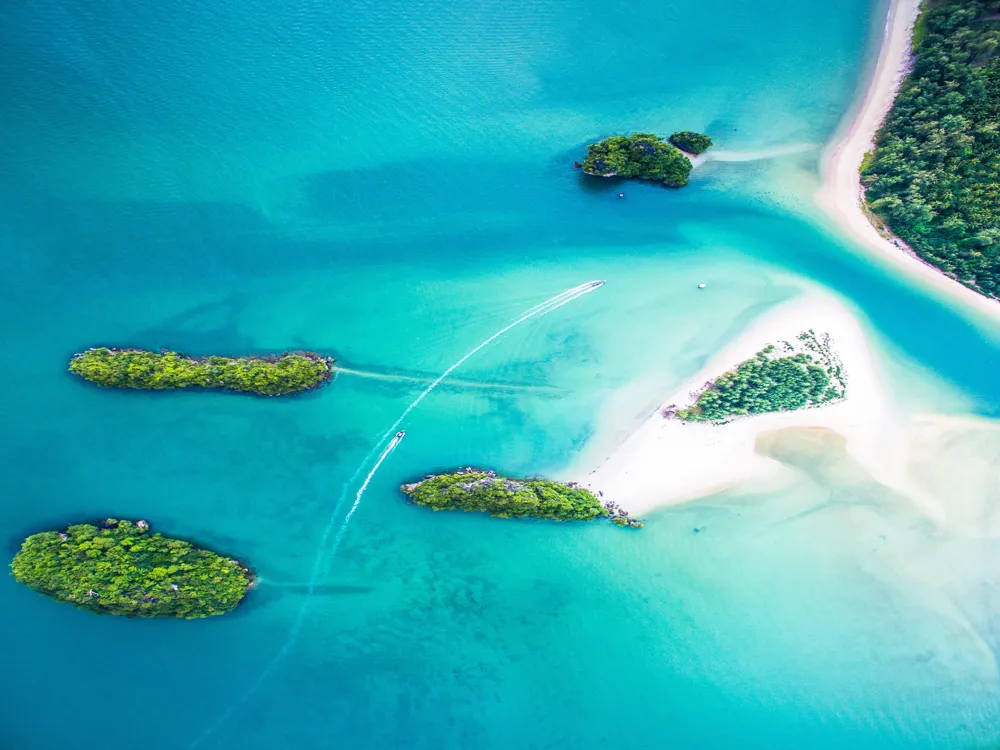
The smallest river island in the world, Umananda Island is a place with legends aplenty, a place where man and the wilderness co-habit in peace and serenity. Umananda Island lies at the heart of the Mighty Brahmaputra River which flows through the middle of the city of Guwahati. An island with many legends associated with it has not been destroyed by the presence of human beings as yet. It was known as Peacock Island among the British Colonists who named it so based on its shape. The Island is home to a very rare and endangered species called Golden Langurs who are considered to be highly sacred among the people of the Himalayas.
The legend goes that it is the very same place where Lord Kamdev (Lord of Love) was burnt into ashes by the third eye of Lord Shiva when the former tried to disrupt his meditation thereby giving it its alternative name Bhasmchal. The major attraction of the island is the Umananda Devi Temple which is dedicated to Lord Shiva and sees a large influx of devotees during religious festivals.
Read More
Guwahati Travel Packages
View All Travel Packages Guwahati
Nearby Places Guwahati
Browse Package Collections
Browse Hotel Collections










